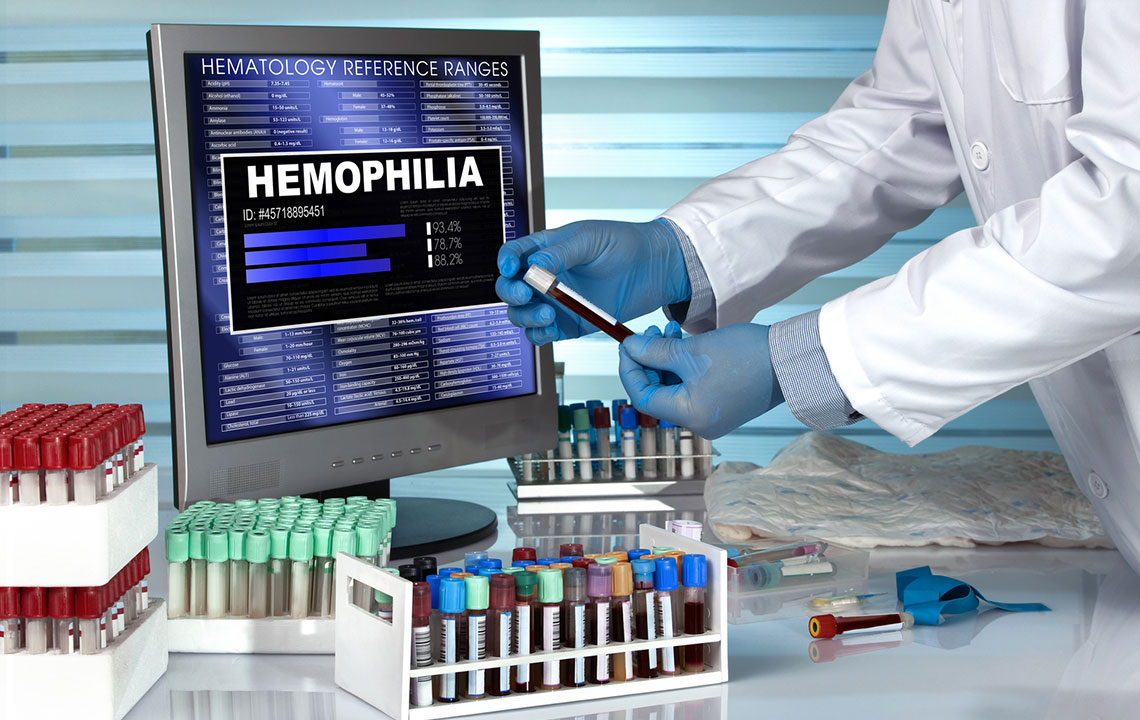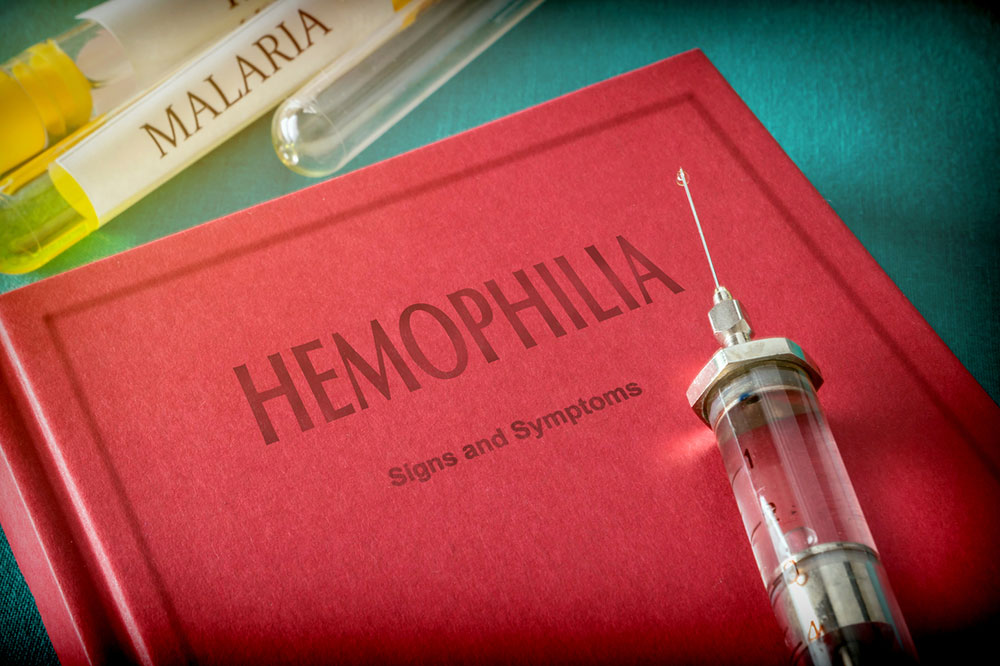In-Depth Guide to Hemophilia: Recognizing Symptoms and Understanding Severity Levels
Hemophilia is a hereditary bleeding disorder characterized by clotting factor deficiencies, leading to frequent bleeding episodes. This comprehensive guide explains the symptoms, categorizes the severity levels into mild, moderate, and severe, and discusses management strategies to improve patient outcomes. Early diagnosis and treatment are vital to prevent complications such as joint damage and life-threatening internal bleeding. Advancements in therapy options have significantly changed the outlook for those affected, emphasizing the importance of awareness and proactive healthcare measures.

Recognizing the Signs and Severity of Hemophilia
Hemophilia is a hereditary bleeding disorder that significantly impacts the body's ability to control blood clotting. This condition arises from a deficiency or absence of certain clotting factors, essential proteins in the coagulation process. When these factors are lacking, individuals experience prolonged bleeding episodes, which can be both spontaneous and triggered by injuries or medical procedures. Understanding the nuances of hemophilia, including its symptoms and severity levels, is critical for timely diagnosis, effective management, and improving quality of life for affected individuals.
Key indicators of hemophilia include abnormal bleeding tendencies, frequent easy bruising, and recurrent internal bleeding episodes. The severity of symptoms largely depends on the extent of clotting factor deficiency, classified broadly into mild, moderate, or severe forms.
Gaining knowledge about how each severity level manifests in patients enables healthcare professionals and caregivers to provide appropriate care. This comprehensive overview aims to shed light on the different categories of hemophilia and their clinical presentations.
Mild Hemophilia: Clotting factor levels range from 5% to 50%. Most individuals with mild hemophilia may not exhibit symptoms regularly and often remain unaware of their condition until they experience bleeding following significant trauma, surgical procedures, or dental work. This form might go undiagnosed until a specific event prompts bleeding, making awareness crucial for those with unexplained bleeding history.
Moderate Hemophilia: Clotting factors are between 1% and 5%. People with moderate hemophilia tend to experience easier bruising and are prone to internal bleeding episodes, particularly within joints like ankles, knees, and elbows. These bleeding events can be recurrent and cause pain, swelling, and over time, joint damage if left untreated.
Severe Hemophilia: Clotting factors are less than 1%. This is the most critical form of hemophilia, characterized by frequent spontaneous bleeding episodes that may occur without any apparent injury. Such bleeding often targets joints, muscles, internal organs, and soft tissues, significantly impairing daily life and mobility. In some cases, these episodes can lead to joint deformities, chronic pain, and soft tissue damage. Additionally, there is a serious risk of intracranial hemorrhage, especially following trauma, which can be life-threatening. Symptoms such as severe headaches, neck stiffness, confusion, visual disturbances, and balance issues are warning signs of brain bleeding that require urgent medical intervention.
Understanding these categories helps in tailoring treatment plans, which may include factor replacement therapy, medications to control bleeding, and physical therapy to preserve joint function. Early diagnosis and proactive management are essential to prevent long-term complications associated with hemophilia.
Moreover, advances in gene therapy and recombinant clotting factors have greatly improved the outlook for patients. Genetic counseling also plays a role in family planning for those at risk of inheriting the disorder.
In conclusion, hemophilia, although a lifelong condition, can be effectively managed with appropriate medical care and awareness of its symptoms. Recognizing early signs, understanding severity levels, and seeking specialized treatment can dramatically enhance the quality of life for individuals living with hemophilia.





